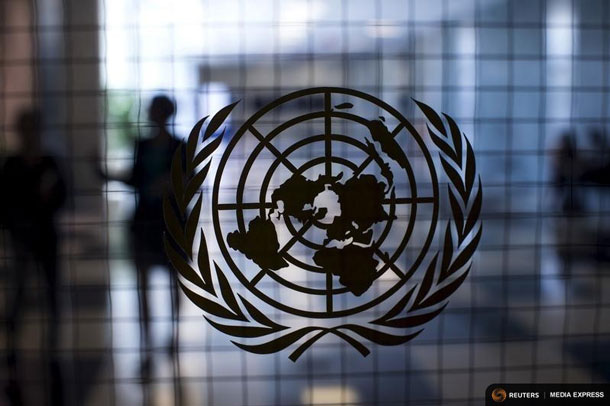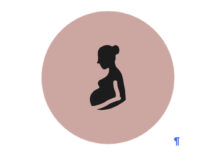
GENEVA – WOMEN’S ISSUES – Canada’s record of women’s equality is under the spotlight at the United Nations in Geneva. The 65th Session of the Committee on the Elimination of Discrimination against Women happens at an opportune moment for Canadian women. Canada has a new federal government with a Prime Minister who says he is a feminist, calls for a nation-to-nation relationship, and acknowledges that “poverty is sexist”. We know words matter, but now we need action.
Decades of regressive legislative changes and budget cuts have substantially eroded women’s rights under the Convention of the Elimination of All Forms of Discrimination (CEDAW) in Canada. Since 1995, Canada has fallen from 1st to 25th place on the UN Gender Equality Index.
Canada needs a comprehensive and holistic national gender equality plan that addresses all forms of discrimination against women and girls. It must take an intersectional approach, recognizing that particular groups of women and girls—including First Nations, Inuit, Métis, racialized, disabled, refugee, immigrant, transgender, lesbian, bisexual and single parent women and girls—experience particular forms of discrimination and deepened disadvantage.
Indigenous women’s, women’s and human rights organizations welcome the creation of the National Inquiry on Missing Women and Girls. However, we remain concerned about the inadequacy of the Terms of Reference and the fact that there are 37 additional recommendations from the CEDAW Committee’s inquiry into the crisis of murders and disappearances that have not yet been implemented.
Indigenous women continue to be marginalized in Canada. Dr. Pam Palmater, Chair of Indigenous Governance at Ryerson University stated “Indigenous women and girls in Canada suffer some of the world’s highest suicide rates, overrepresentation in prison and high rates of sexualized violence. These conditions are brought on by years of colonization, theft of lands and resources, discriminatory state legislation, chronic under-funding of critical social programs like water, food, housing, health and education and the theft of children into foster care. These conditions are also exacerbated by the devastating impact of the extractive industry, which is allowed to operate without Indigenous consent.”
The Canadian gender wage gap is twice the global average, patterns of job segregation by sex remain unchanged with women concentrated in traditionally female and lower-paying jobs, and women are disproportionately represented in part-time, precarious work. Country-wide pay equity legislation and adequate childcare are needed, alongside new and aggressive strategies involving all levels of government to address structural inequalities and close the wage gap. “Due to the ‘motherhood tax,’ Canadian mothers earn 12% less than women without children. The gap increases as the number of children goes up. It is also larger for single mothers and mothers who have taken longer periods away from paid employment,” says Kasari Govender, Executive Director of West Coast LEAF.
Canada fails to respect, protect and fulfill the social and economic rights of women and girls. Too many women in Canada experience poverty, homelessness, insecure housing, woefully inadequate social assistance incomes, food insecurity, and other violations of the right to an adequate standard of living. Civil society organizations urge Canada to immediately increase the Canada Social Transfer amount to provinces and territories, earmark sufficient funds specifically for social assistance, with conditions to assure accountability for rights obligations, ensure that Canada’s national housing strategy use a rights and gender-based approach, and increase inadequate access to education for Indigenous women.
Male violence against women continues to be underreported to police and the responses of policing agencies and the criminal justice system continue to fail women. Inadequate and underfunded services to prevent violence and support survivors, and insufficient affordable housing and shelters accessible to women fleeing abuse, particularly in rural and northern communities, violate the rights of women and girls to live in safety and free from violence.
Employer-specific closed work permits make it challenging for migrant women, including caregivers, to easily leave abusive employment situations. Canada must end its use of closed work permits in the Temporary Foreign Workers Program.
We are very concerned about access to abortion, including access to both medical and surgical abortions, particularly in rural and northern areas. Canada is one of the only countries with a public health care system that does not have a national pharmacare program. Because of the cost of some drug regimes, this has penalizing effects for certain groups of women, including pregnant women seeking medical abortions and women with HIV.
There remains a significant implementation gap between Canada’s human rights obligations for women and their realization within domestic laws, policies and programs. It is time for our federal government to take leadership and work with provinces and territories to implement the CEDAW, and launch a comprehensive national initiative so all women in Canada can enjoy the equality CEDAW guarantees.






